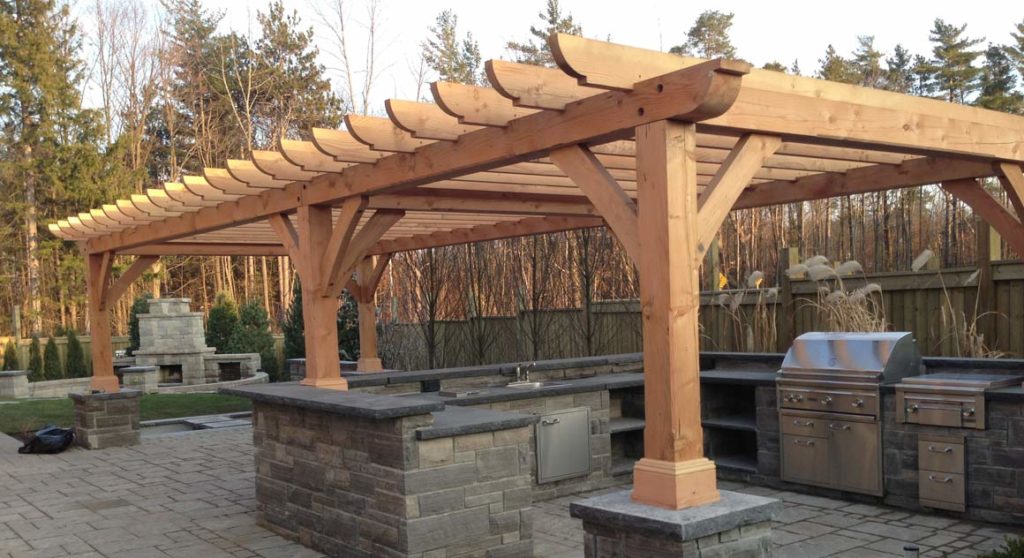Keen to give your deck design a new look? Adding a pergola to your deck can be a great way to make your deck more sophisticated and luxe. Also, a pergola can give you more space for you to relax under the sun. Want to know how to design a pergola for your deck? Here are a few suggestions to help you design the perfect pergola atop your deck:

Identify the Usage of the Pergola
The first step to finding the perfect pergola design is to identify its use first. When you finalize your requirements, it becomes easier for you to pick out the design and size of the pergola. From framing or covering your dining area to providing coverage to your hot tub, weigh your priorities and then set out to pick out the perfect pergola for your deck.
Style of the Pergola
The next step is to choose the style of the pergola. Do you want the pergola to be attached to your home or want it to be free-standing? Both styles have advantages. An attached outdoor pergola will make your deck look like an extension of your home. A free-standing interlocking design gives you more freedom in terms of design and space covered.
Pick Out the Right Size
Picking out the right size of the pergola design to fit on your deck is a critical step. Measure the area that you want the pergola to cover and then look at the size options available. You can find a wide range of pergola sizes with leading landscape companies such as Landcon. You can also consult landscaping experts to help you find the right pergola size for your deck design.
Choose the Pergola Material
Once you have picked out the design and size, the next step would be to choose the right material for your pergola design. While choosing the material, look at aspects such as aesthetic appeal, longevity and its ability to blend in with your deck. The most popularly used pergola materials over deck designs include vinyl, pressure-treated wood and cedar. If you want to match your pergola to the deck, pick out the same material. If you aren’t sure, you can reach out to expert landscapers such as Land-Con, who can help you visualize the design and guide you on the right material for your pergola.
Colour of the Pergola
The colour of your pergola design is a critical element. Understand the colour scheme of your deck and find a matching or contrasting colour scheme for the pergola. You will find several colour options for pergolas in Toronto.
Need expert advice? Let the experts at Land-Con – leaders in deck installation and pergolas in Toronto – help you choose the right elements for your dream pergola.
Let Us Build You the Perfect Pergola for Your Deck
At Land-Con, we believe in putting our best efforts to deliver to your satisfaction. For deck installation or pergolas in Toronto, you can call us at 416.504.5263 or write to us at info@landcon.ca. Our experts would be happy to help you pick the right backyard pergola ideas for your home.






